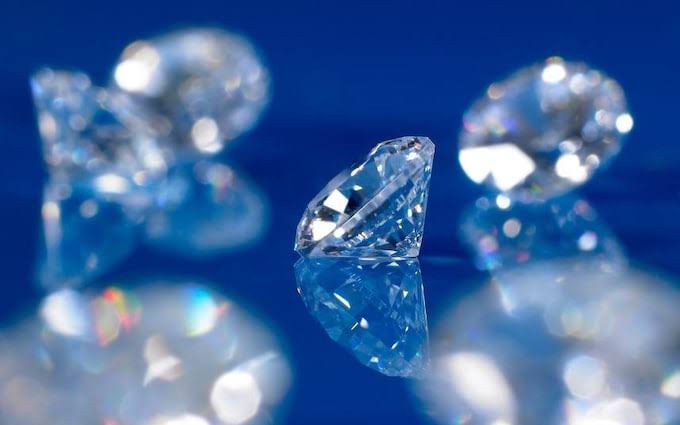Blue diamonds have long held a mystical appeal, embodying rarity and sophistication with their captivating hue. Historically, these gems were exclusively products of nature, crafted over eons beneath the Earth’s surface. Yet, contemporary breakthroughs in scientific discovery and technological prowess have introduced a transformative chapter to the diamond narrative: lab-grown blue diamonds. The question arises: can these synthesized jewels rival the awe-inspiring beauty of their natural counterparts?
The answer lies in the intricate fusion of artistry and innovation that characterizes lab-grown blue diamonds. While nature’s alchemy remains unparalleled, modern science has unlocked pathways to emulate its wonders. Through meticulous replication of the geological conditions in which natural blue diamonds form, scientists can orchestrate the growth of flawless lab grown blue diamonds in controlled laboratory environments.
Understanding Lab-Grown Diamonds
Lab-grown diamonds, also known as synthetic or cultured diamonds, are created through controlled processes that simulate the natural conditions under which diamonds form in the Earth’s mantle. These processes involve either High-Pressure high-temperature (HPHT) or Chemical Vapor Deposition (CVD) techniques, each offering unique advantages in terms of efficiency, scalability, and quality control.
Mimicking Nature’s Process
HPHT and CVD methods replicate the extreme conditions found deep within the Earth’s mantle, where natural diamonds are formed. In the HPHT process, a small diamond seed is subjected to high pressure and temperature, along with a carbon source, to stimulate diamond growth. On the other hand, the CVD method involves the deposition of carbon atoms onto a diamond substrate in a controlled chamber filled with a carbon-rich gas.
Achieving Coloration
One of the most intriguing aspects of blue diamonds is their unique coloration, which is caused by the presence of trace elements such as boron during the diamond formation process. Replicating this natural phenomenon in lab-grown diamonds requires precise control over the incorporation of boron atoms into the diamond lattice structure. Through careful manipulation of growth parameters, scientists can produce blue diamonds with a wide range of hues, from pale sky-blue to deep, intense azure.
Quality and Consistency
One of the advantages of lab-grown blue diamonds is the consistency in quality and color that can be achieved through controlled laboratory processes. Unlike natural diamonds, which can vary significantly in terms of clarity, color, and other characteristics, lab-grown diamonds offer uniformity and predictability in their physical properties. This consistency allows for greater control over the final product, ensuring that each blue diamond meets the highest standards of quality and aesthetic appeal.
Environmental and Ethical Considerations
Lab-grown blue diamonds offer significant environmental and ethical benefits compared to their mined counterparts. The production of lab-grown diamonds requires minimal environmental impact, as it eliminates the need for diamond mining and reduces carbon emissions associated with traditional mining operations. Furthermore, lab-grown diamonds are ethically sourced and conflict-free, providing consumers with peace of mind knowing that their purchase supports responsible and sustainable practices.
Consumer Confidence and Acceptance
As lab-grown diamond technology continues to advance, consumer confidence and acceptance of these man-made gems have also grown. Today, lab-grown diamonds are increasingly recognized and embraced as a legitimate alternative to mined diamonds, offering the same beauty, durability, and value without the ethical and environmental concerns associated with mining.
Future Innovations and Possibilities
Looking ahead, the future of lab-grown blue diamonds holds immense promise for further innovation and advancement. As technology continues to evolve, scientists and manufacturers are exploring new techniques and materials to enhance the quality, color, and variety of lab-grown diamonds. From improved growth methods to innovative coloration processes, the possibilities for creating stunning blue diamonds that rival their natural counterparts are virtually limitless.
Final Remarks
Lab-grown blue diamonds may not be identical to their natural counterparts in terms of their geological origin, but they certainly possess the same captivating beauty, elegance, and allure. Through advancements in science and technology, these man-made gems offer a sustainable, ethical, and environmentally friendly alternative to mined diamonds, while still retaining the exquisite characteristics that have made blue diamonds coveted treasures throughout history.

